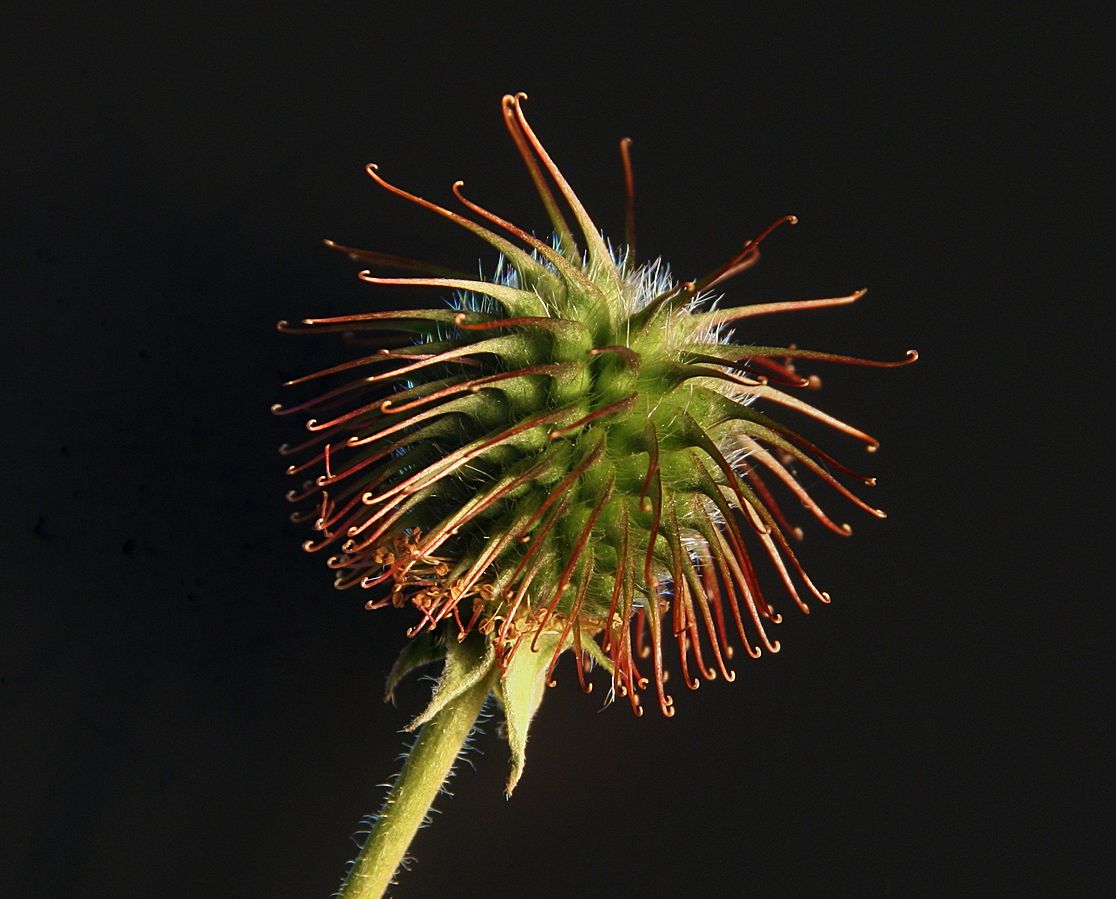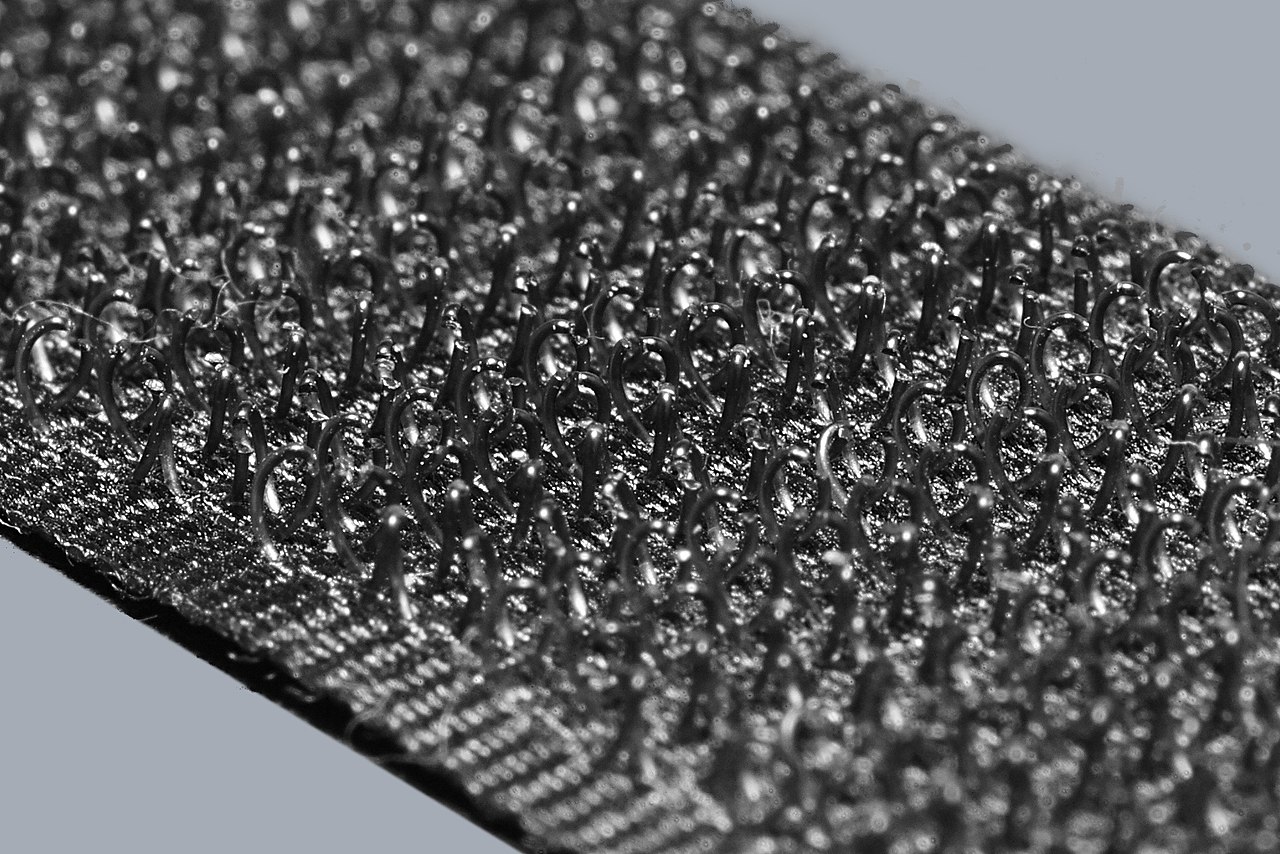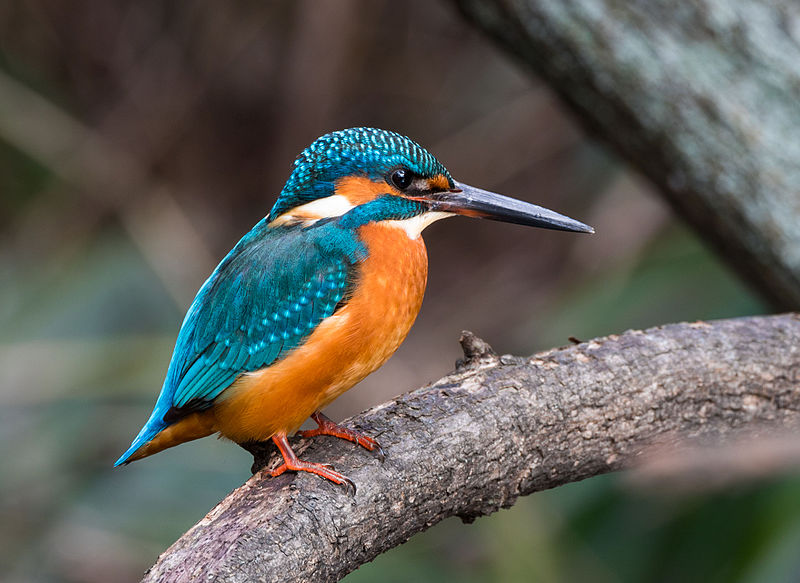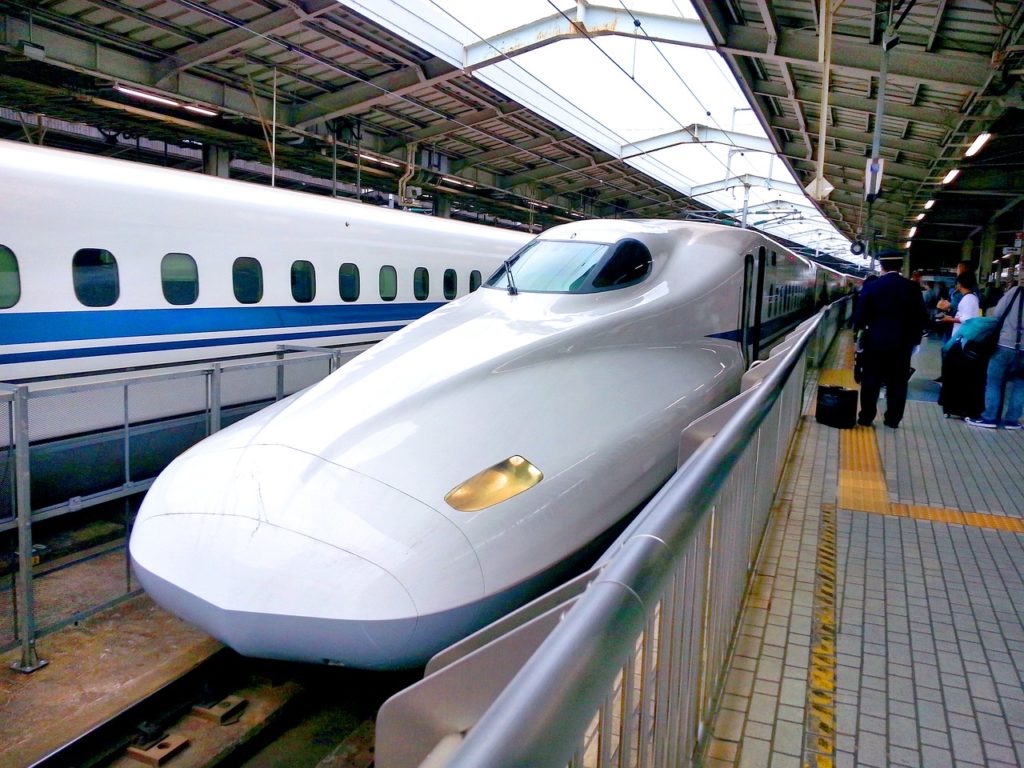Have you ever marveled at a gecko climbing on glass? Or wondered why mosquito bites are painless unlike the injections we get at the doctor’s office? The natural world has developed some ingenious features during the ~3.8 billion years of its evolution. However, until quite recently, humans weren’t taking full advantage of the ‘inventions’ of nature. Engineers and scientists work tirelessly to develop high tech solutions to everyday problems. Sometimes however, ‘getting back to nature’ is the way to go – enter the field of biomimicry.
Biomimicry, also called biomimetics, uses the natural world as an inspiration for innovative solutions. Instead of developing something brand new, we are more closely examining the natural world and then mimicking its properties for our benefit. One of the earliest examples of biomimicry is velcro, a common component of clothes and other accessories. Velcro was developed by a French engineer to mimic a bur, a little seed with hooks that he picked off himself and his dog after a walk.


Biomimicry experienced a boom after the release of a book called Biomimicry: Innovation Inspired by Nature by Janine Benyus in 1997. The super fast bullet train Shinkansen in Japan was designed using concepts of biomimicry. Although engineers didn’t have trouble achieving the desired high speeds, the trains produced large amounts of noise when entering/exiting tunnels. The shock wave produced was enough to structurally damage several tunnels. The redesign of the front of the train was inspired by the beak of a kingfisher. The kingfisher is able to enter water almost without splashing because of the streamlined shape of its beak. Application of this knowledge to the Japanese trains solved the issue of shock waves while also increasing speed and decreasing use of electricity.


What is the future of biomimicry? There are many possible applications still out there and several technologies currently in development. German researchers are working on a robot that resembles a spider. While spiders scare many of us, these spider-like robots could be used to enter spaces unsafe for humans to accomplish important tasks, such as searching for survivors after disasters. Another interesting project is being pursued by scientists in Japan who are developing a needle based on the the mosquito proboscis (mouth) that would slide into skin painlessly just like a mosquito bite.
The potential to use nature as a template for development of new technologies is exciting. We may find previously elusive solutions by harnessing the power of nature, which has evolved for much longer than humans have been on this planet. Biomimicry strives for sustainability because “…the only real model that has worked over long periods of time is the natural world.” (Janine Benyus, author of Biomimicry: Innovation Inspired by Nature).
If you want to learn more about biomimicry, I recommend checking out the Biomimicry Institute, a non-profit organization that is a driving force in the field of biomimicry.
Peer edited by Shaye Hagler.
Follow us on social media and never miss an article: